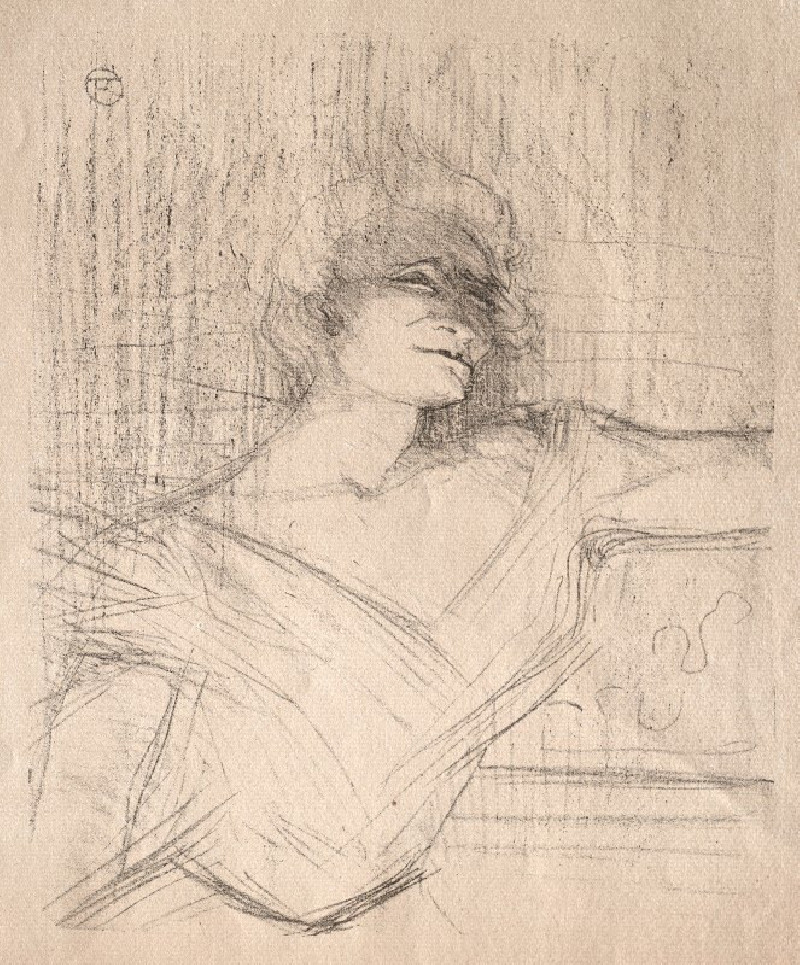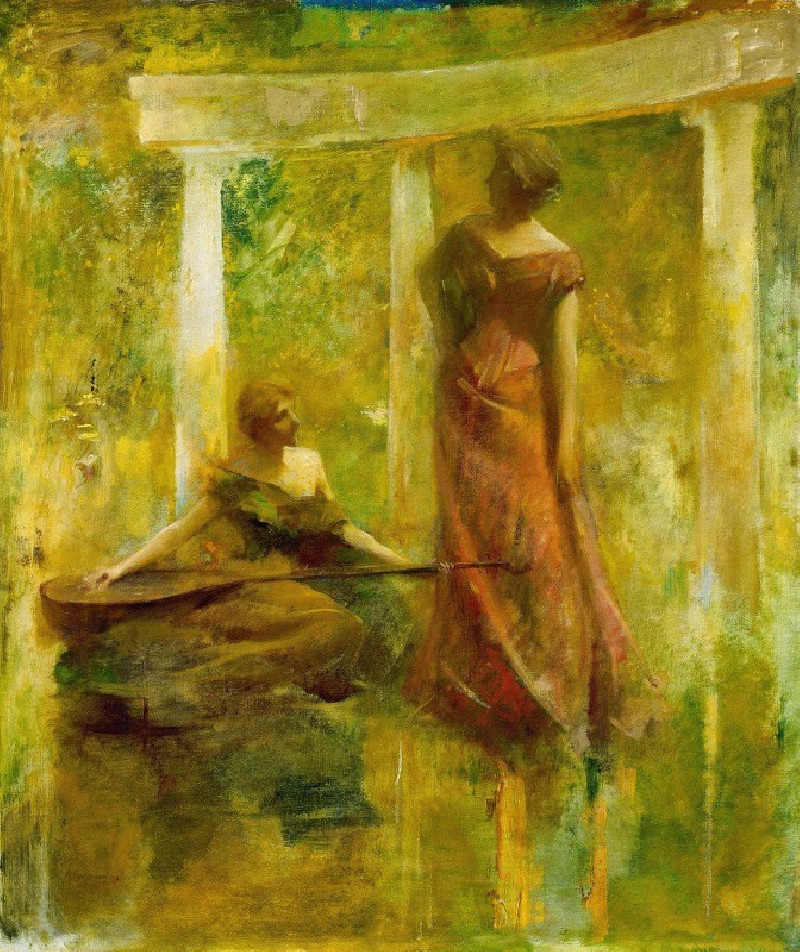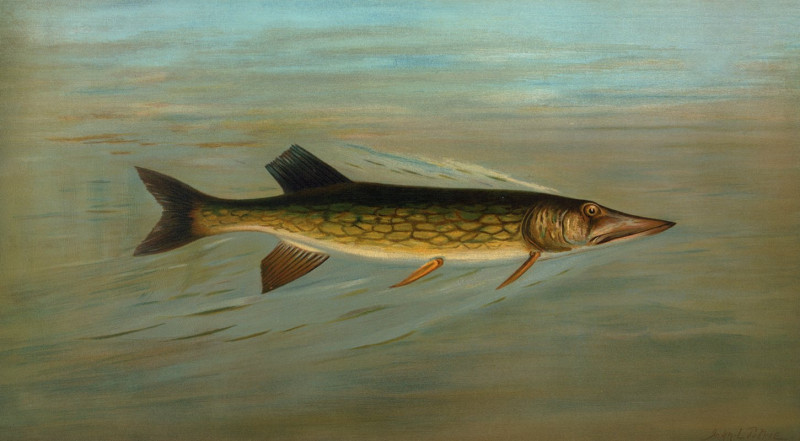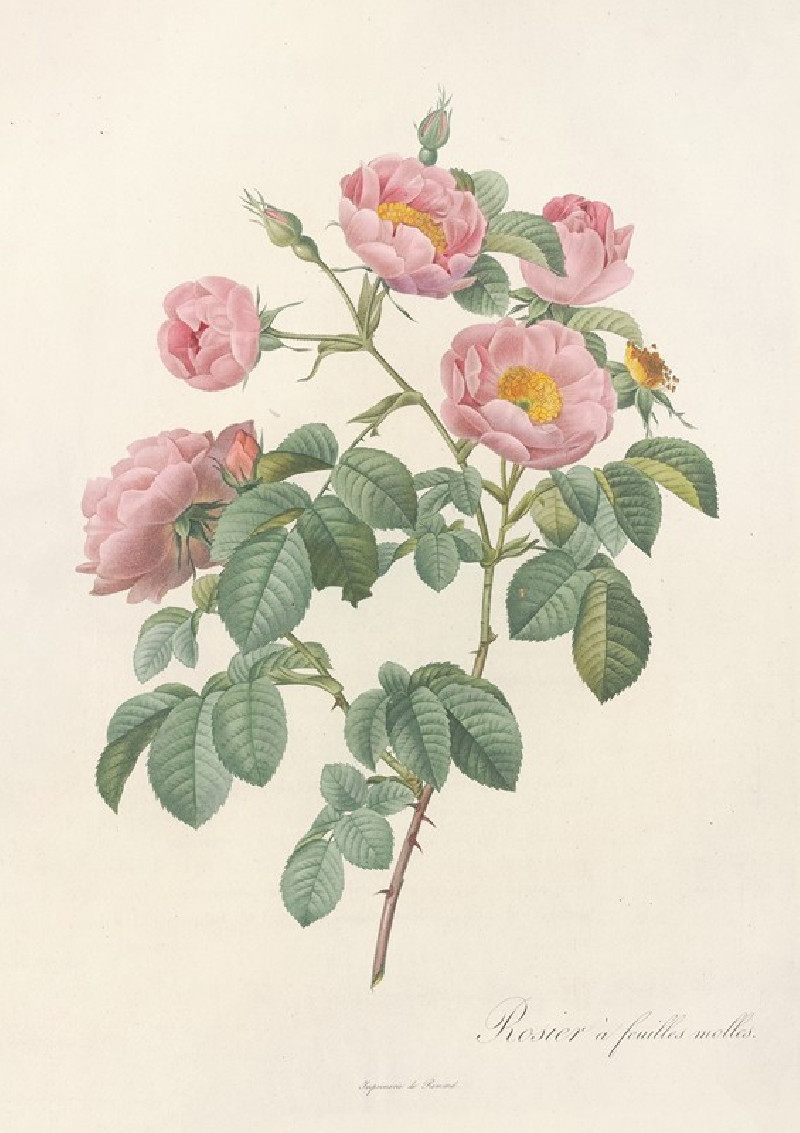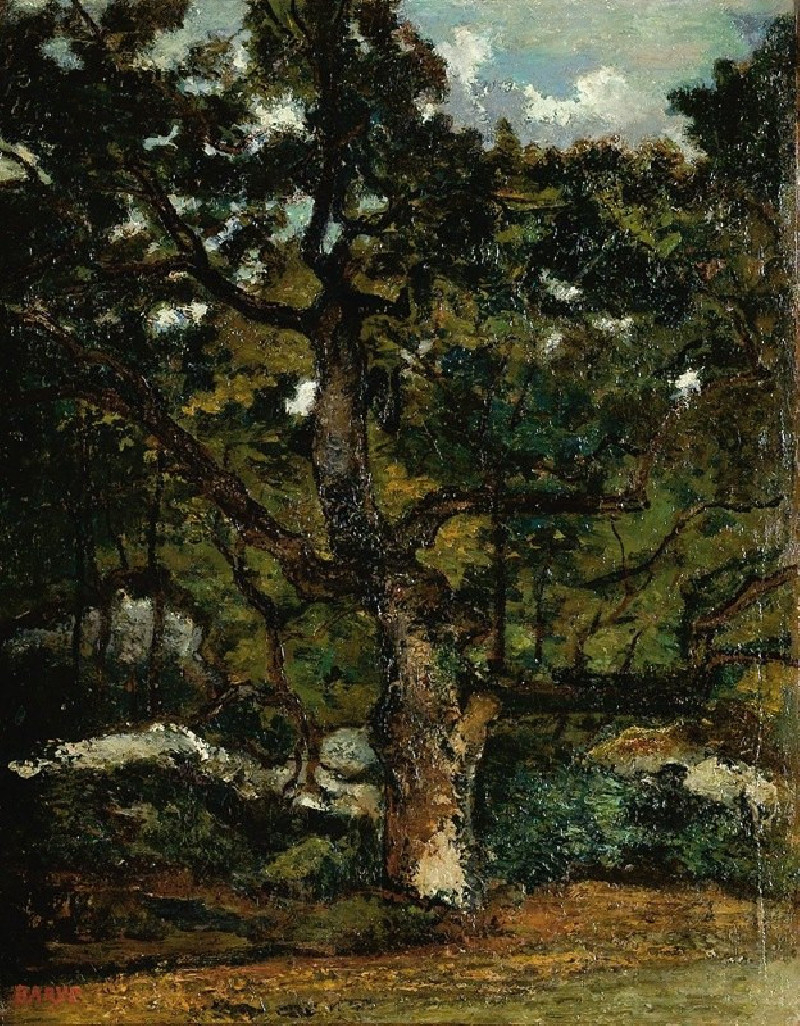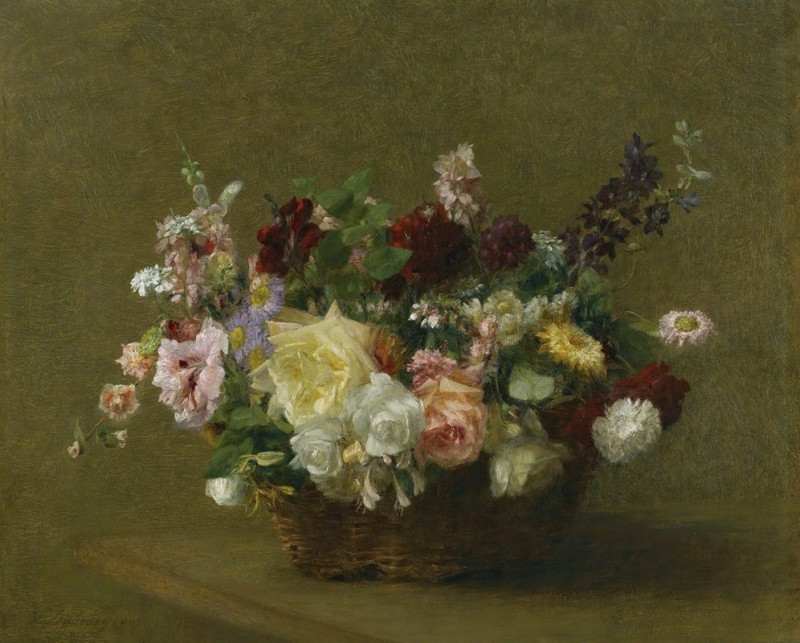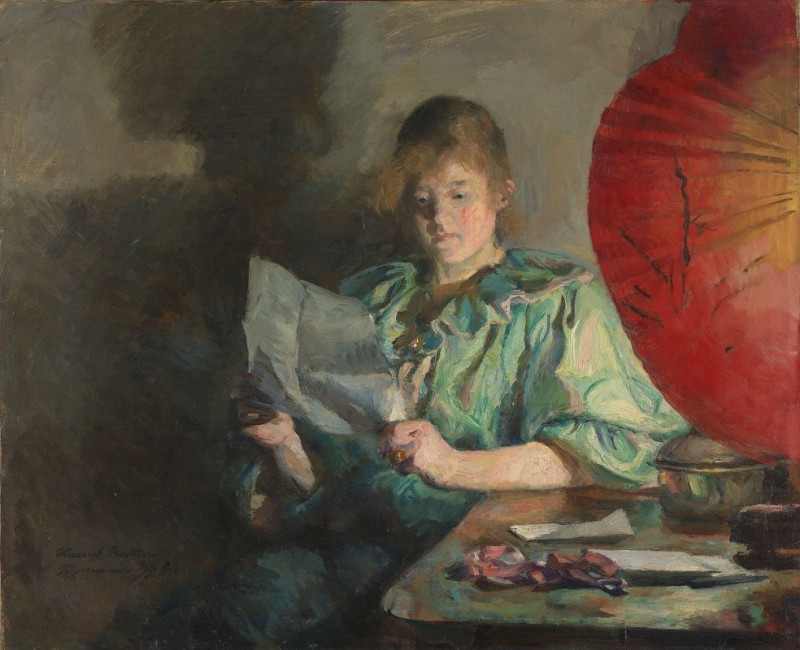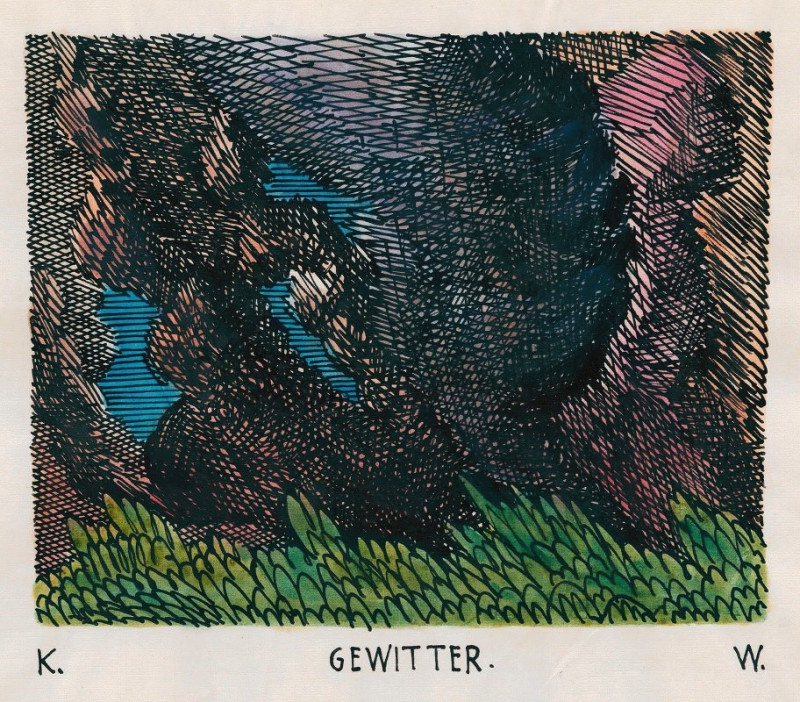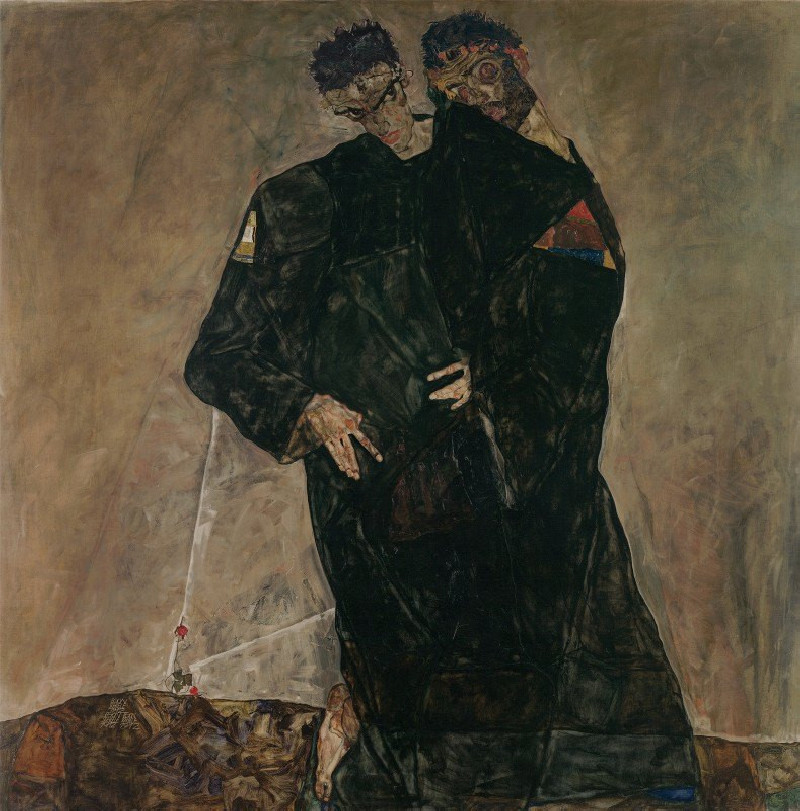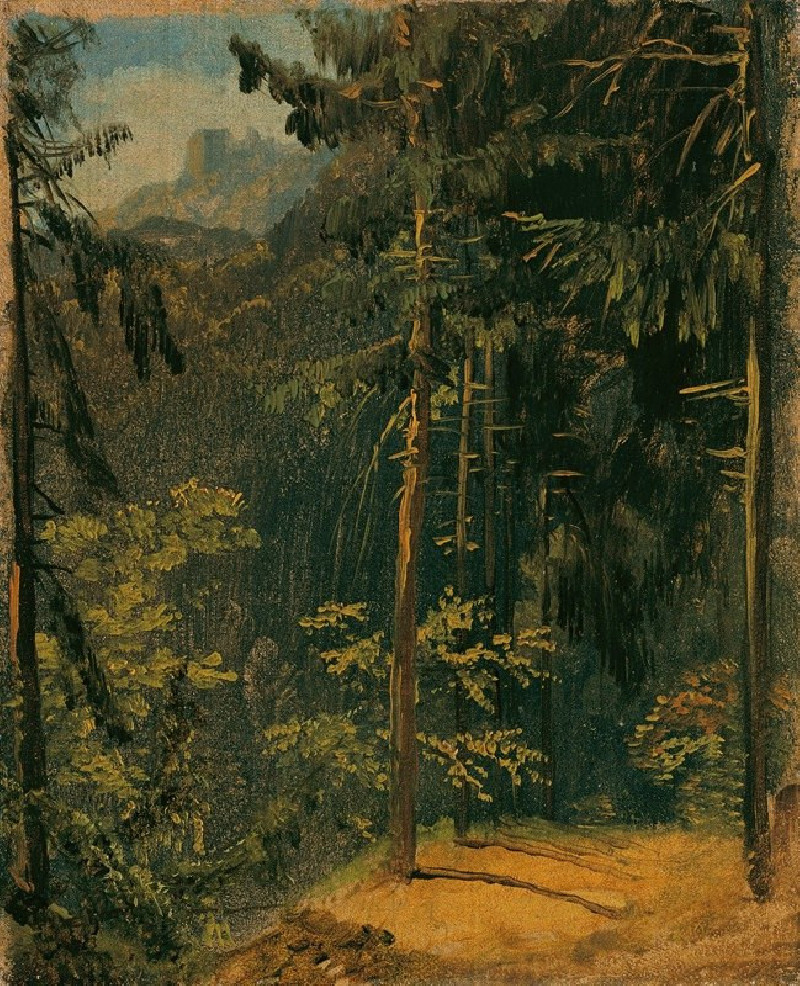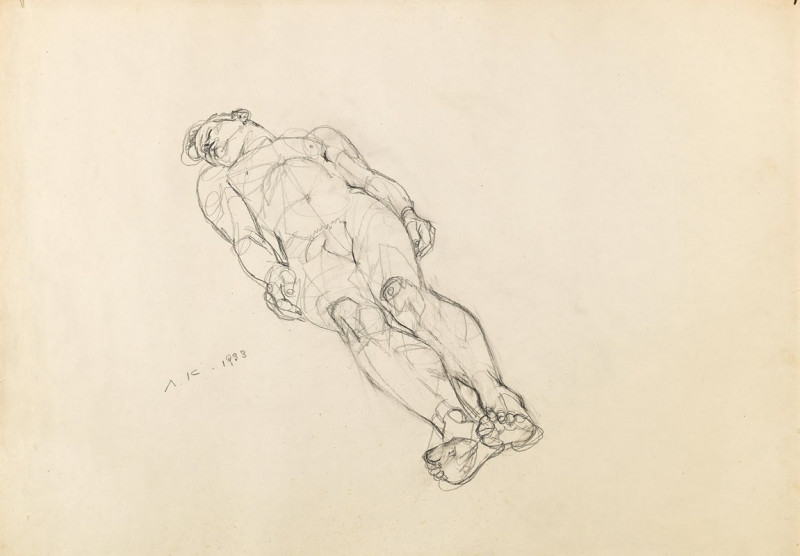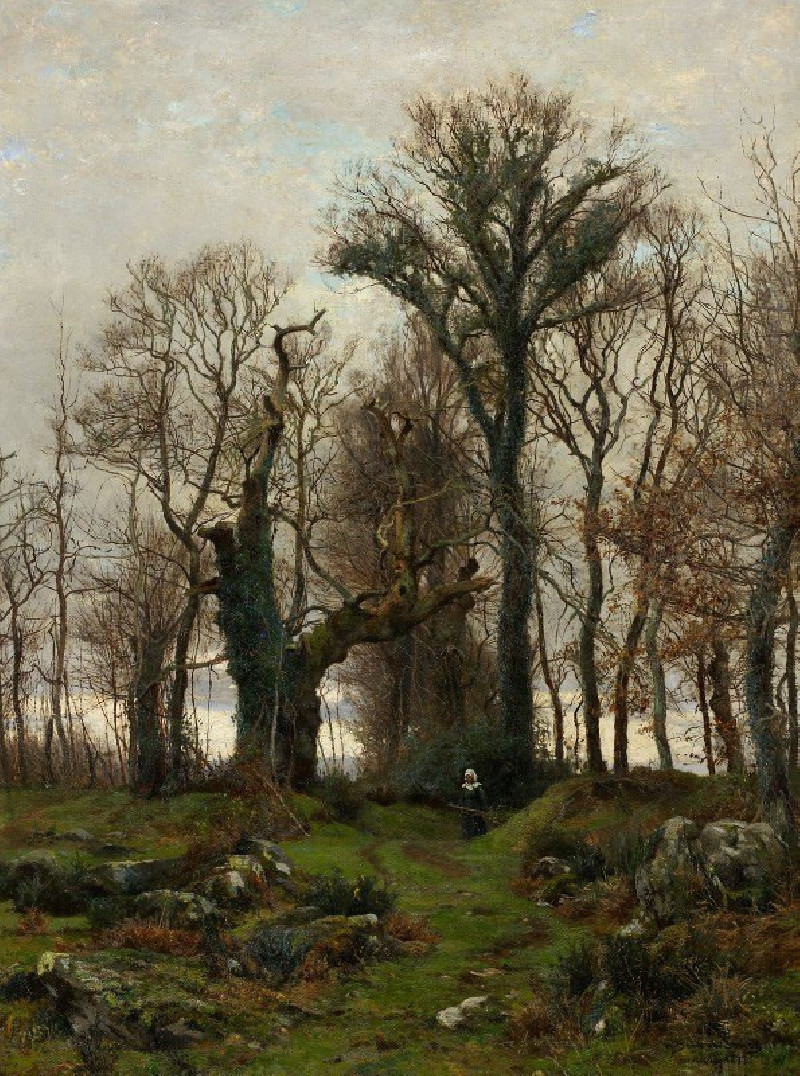Boating
Technique: Giclée quality print
Recommended by our customers
More about this artwork
The painting “Boating” by Édouard Manet depicts an intimate and serene scene of two figures in a small boat on a body of water. The primary focus is on a man and a woman engaging in a leisurely boating activity under what seems like ideal weather conditions. The man, clad in a white suit and a straw boater hat, is seated confidently at the oars, handling them with ease, showing his familiarity and comfort with the task. His relaxed posture and direct gaze towards the viewer imparts a sense of casual mastery over the environment.To his left, a woman wearing a fashionable attire embellished with details, such as a striped dress and a sophisticated hat adorned with flowers, is seen seated leisurely. Her position and gaze suggest she is absorbed in the pleasure of the boating experience, perhaps enjoying the gentle movements of the water or a view outside the frame.The background is a vast expanse of water rendered in fluid, broad brushstrokes of varying blue shades, enhancing the feeling of calmness and depth. The sky is minimally visible, directing full attention to the characters and their immediate surroundings.The overall composition and the treatment of light reflect Manet's interest in capturing contemporary life and leisure activities with realism and vivacity. The painting is both a celebration of modern life and an example of Manet’s skill in portraying the effects of light and color, as well as human expressions and interactions.
Delivery
Returns
Édouard Manet (1832–1883) was a French modernist painter and one of the first 19th century artists to paint modern life. His impressionist style is characterized by relatively small and thin brushstrokes that create emphasis on light depiction. Manet was one of the key artists in the transition from realism to impressionism, along with Claude Monet, Edgar Degas, and Pierre-Auguste Renoir. However, he resisted involvement in any one specific style of painting, and only presented his work to the Salon of Paris instead of impressionist exhibitions. His early masterworks, The Luncheon on the Grass and Olympia, created great controversy and served as a rallying point for other young painters.
































